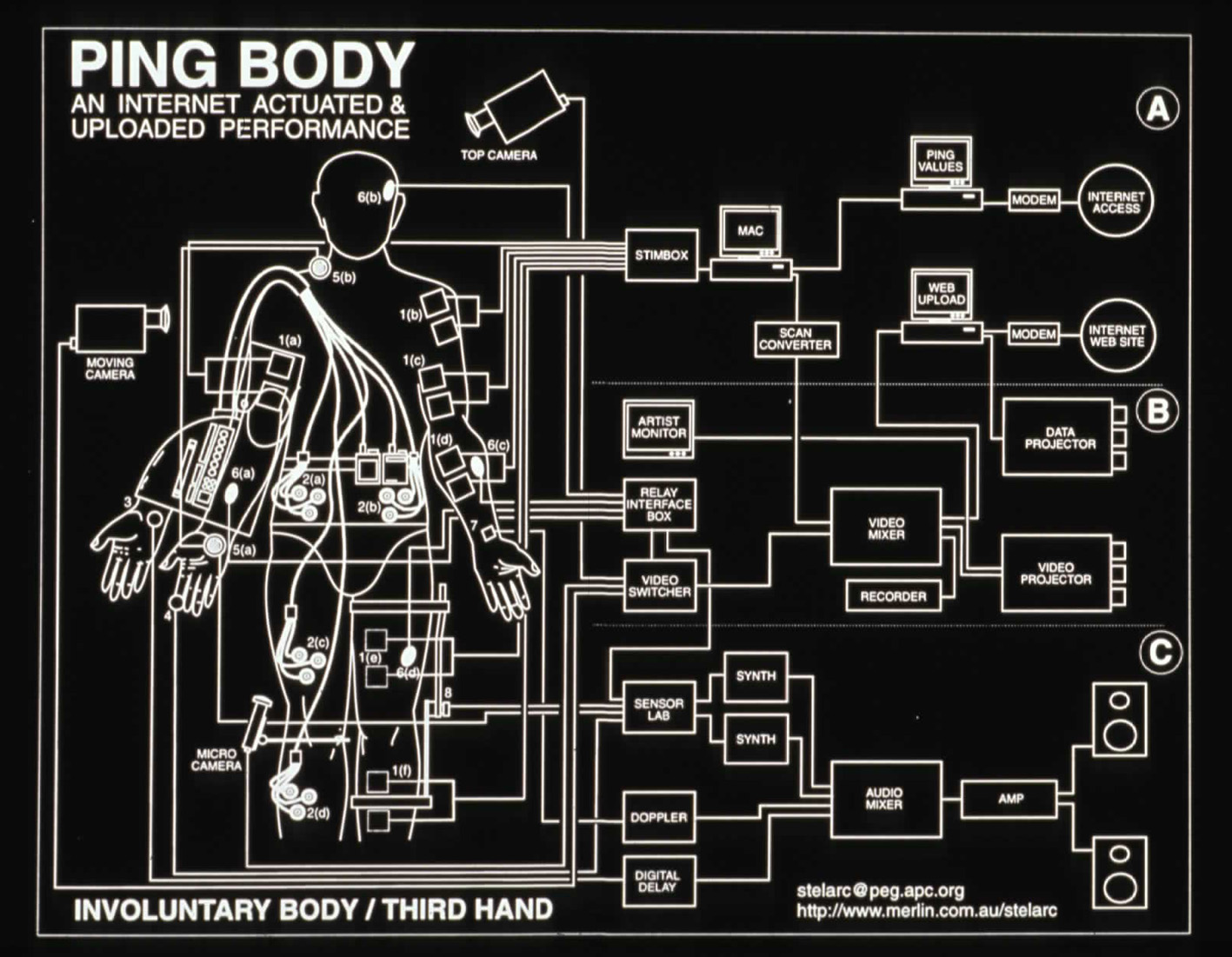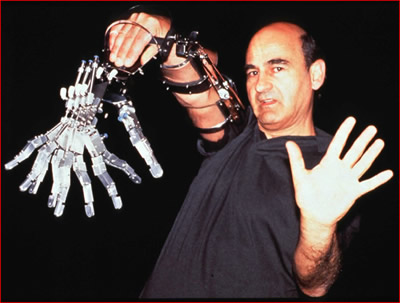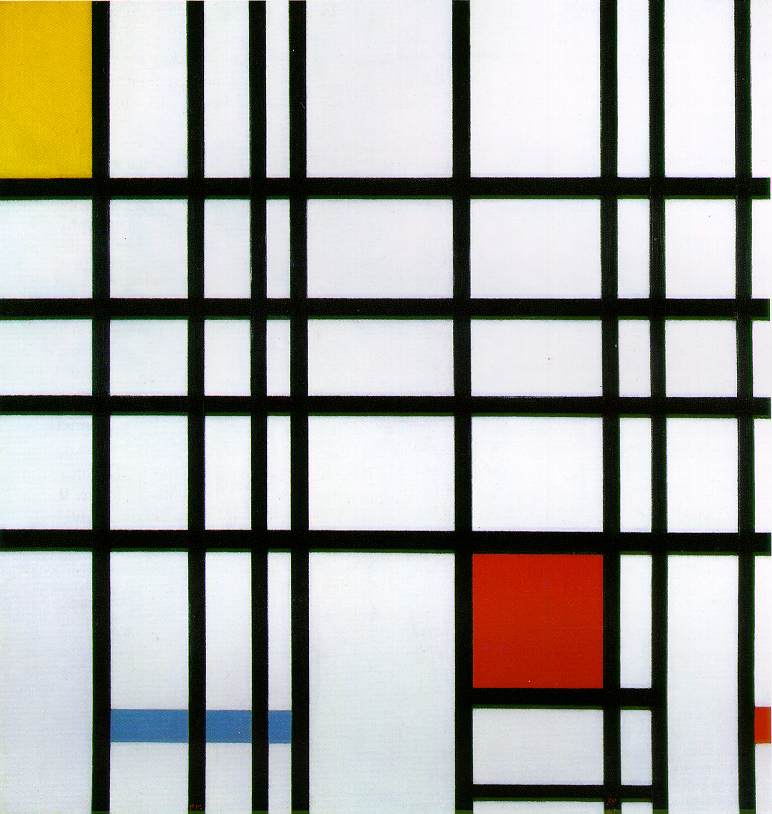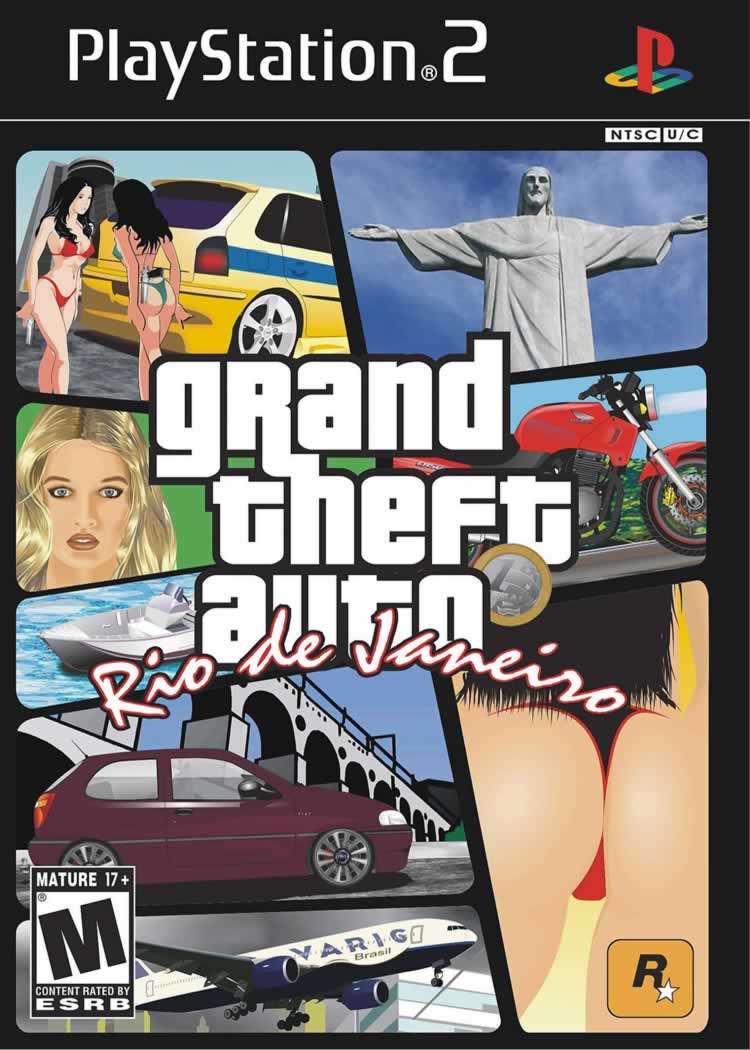Texas (from GUI series)
Artist:
Lev Manovich (narrative, videography, animation, editing rules)
&
Andreas Kratky (Soft Cinema Software)
Released Date:
November 15, 2002
Introduction
Texas is one of the short stories from GUI series (Globl series Interface) which tries to a kind of visual language to reveal the contemporary "global" identity. The whole GUI series aims at representing the subjective experience of different people in a informative global world nowadays in a visualized way. (http://www.softcinema.net/gui.htm). This 12-minutes film is about a woman's happy childhood memories in Sweden was evoked by mixing her drink: Sprite? Coke? 7-up? The woman is finished and sit comfortable to see the movement of people around her. Her confusion of the world remains a question and annoyance, driving her to move around in the world.
Detailed description
Texas was made by Soft Cinema, which is a dynamic computer-driven media installation. The programme decided what, where and when to show in the screen and what music will be played according to the author's rules. I found it very interesting because the moving images and music is different every time you see. The programme contains randomness to the film and make it unique to other traditional films.
One of the unique part of Lev Manovich's film is that the screen is cut into different segment, which make the whole screen comprised of two to six windows. Different segment contains different content like moving graphics, animations, real camera.
Software also selects which video clips and animations will play in these windows and in what order. This process is repeated for each part of the narrative. Following the same modular logic, different voices are used for different parts of each story. (http://www.softcinema.net/gui.htm)
The appearance of different segment is randomly assigned by the software, which means you can see different combination of segments every time.
Each video clip in the database follows Dogma 95 rules: it was shot in continuous takes without edits using a hand-held camera. Some of the clips are simulated - i.e. a still image was animated to look like a video shot on location.
Each story takes place in a different location: Texas, Hamburg, Kiev, Mongolia, etc. (In writing the short stories, I tried to follow the principle that they can only take place in locations that I have never visited.) (http://www.softcinema.net/gui.htm)
From the quotations, the lens under Texas is unique, which is taken from different video clips without any edits. The angle of the camera make audience feel like you are watching from the eyes of the protagonist. Like the above screenshots, the camera is switched to the front of the woman- her table. It is clear that we are also see her forks, spoons and napkin. Later, she shown her movement of stiring her drink on the table clearly. The whole video clip is realistic that make people put themselves into the movie.
Narrative texts are being used in the film. They are description of the plot. Some of them are describing the mood of the protagonist. Some of them are describing the story development. Some of them are also appeared in the animations in the movie.
Animation and digital moving graphics are appeared in the movie. It is appear at the same time with the real camera. When the delighted childhood memories of the woman in Sweden comes, animations is used. Most of the time animations appears, it represents the thoughts or old memories, which is not existed in the present world or even real world. The animation also come along with words, texts that synchronizes with the narrative sound. Further, the moving graphics are used to describe the mood of the woman. When the woman is calm, the moving graphics varies less frequently. It is aesthetical that a 12 minutes film can contain such plenty of effects but it still remain harmony without mess up all the elements together.
Evaluation of the work
There are some similarities and difference between Texas(Lev Manovich) and earlier pre-digital films.
Similarities:
1. Texas is based on a story- a confused woman who is struggling from the real world, global identity and childhood memories in Sweden. Its narrative nature is similar to the earlier pre-digital films. It tells a story but not any abstract ideas or ideology.
2. Animation is included in the film. Animation is the predecessor of cinema. Everything that characterized moving pictures before the twentieth century-the manual construction of images, loop actions, the discrete nature of space and movement- was delegated to cinema's bastard relative, its supplement; its shadow: animation. (Lev Manovich, 1999)It is obvious that animation was a key element to cinema and provide an essential shadow to pre-digital film. Texas integrates the elements of animation (including moving graphics) with the len-based camera. Most of the segment are still based on reality, filmed by a real camera.
So far, we can see that Texas is a continuation of earlier kinds of film making.
Difference:
1. The Manifestation way of the film
The screen is cut into different segment. Lev Manovich called this effect as Marco-cinema. In Soft Cinema, the generation of each video begins with the computer program semi-randomly breaking the screen into a number of square regions of different dimensions.(http://www.manovich.net/cinema_future/toc.htm)As I mentioned on the above, each segment or dimensions contains different contents. It is a new representing way in history of digital cinema.
2. The Randomness of the dimensions
The image, video clip, graphics and music are randomly shown in the film according to the idea of "narrative database". In Soft Cinema, The media elements are selected from a database of a few hundred video clips to construct a potentially unlimited number of different short films. It is different from traditional film. Every time the audience watch, it becomes a different short films, providing fresh images and different feelings.
3. Texts
Different words and texts are randomly appeared in the different segment, in a small column or in the animations. It is one of the difference compared with traditional films. Although the traditional films are a narrative story, they never use words to express the feelings or to tell the story.
4. Creating a "multi-media cinema"
Different media is applied in the film . For example: 2D animation, motion graphics (i.e. animated text), stills, 3D scenes (as in computer games), diagrams, etc.
(http://www.manovich.net/cinema_future/toc.htm)
It provides a dramatic effects to the film and make it more diversified with different media. Traditional films and pre-digital films seldom use such many of multi media to narrate a story.
Conclusion
Texas is a continued film of earlier pre-digital film because it is still narrative-based. But what I would describe Texas: It is more than just a film. It includes innovations like combining texts, animations, len-based videos together. Further, its randomness, which is programme-edited instead of human-edited, creates a new image of film and provides a fresh image to viewers.
References:
Manovich Lev, What Is Digital Cinema?, Peter Lunenfeld (ed.) The Digital Dialectic, Boston: MIT Press, 1999, Lev Manovich 178-192 (esp. 178-183)


















